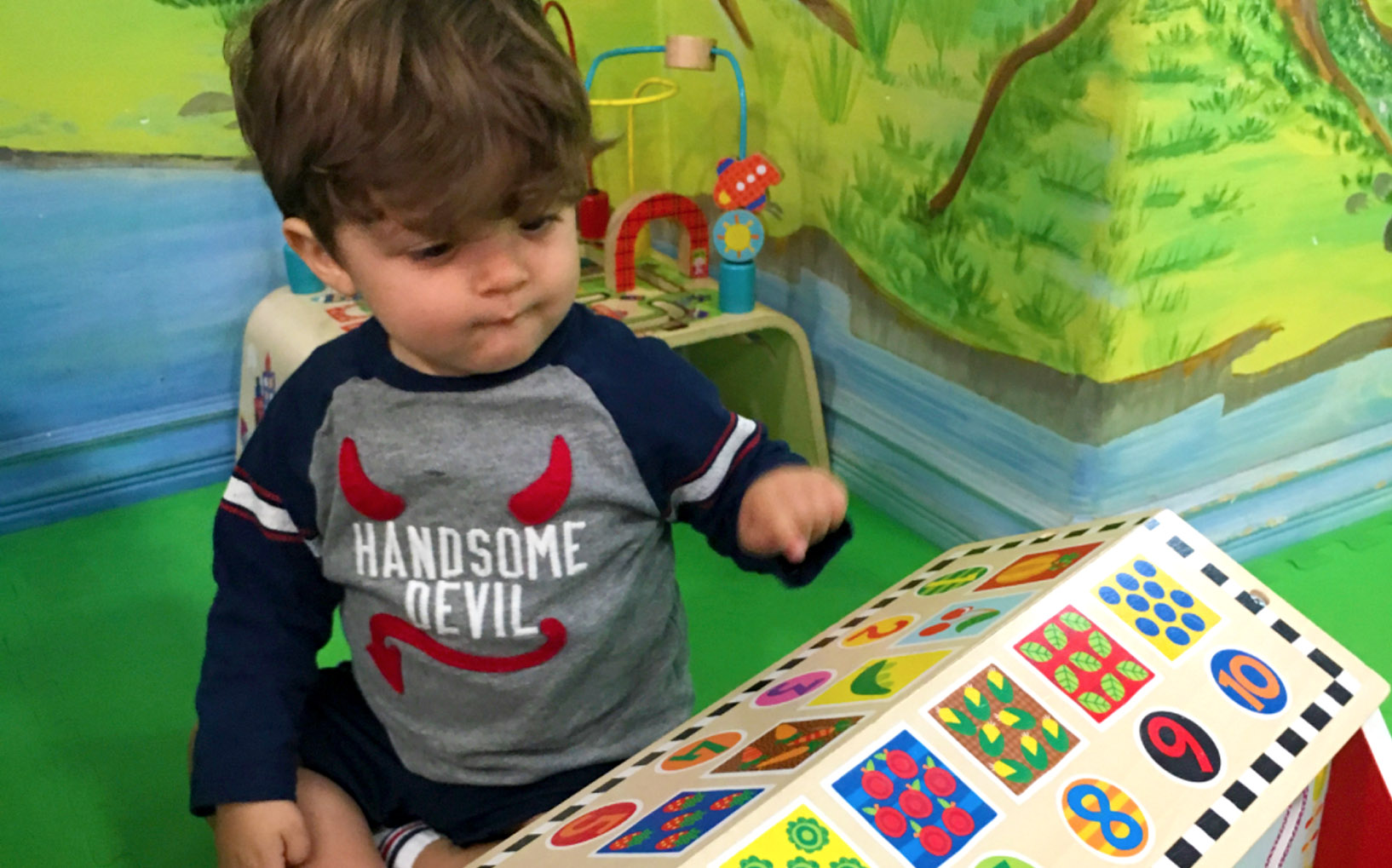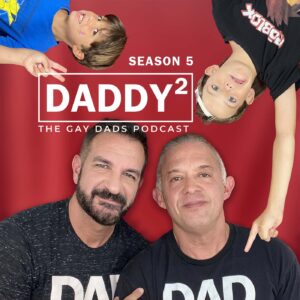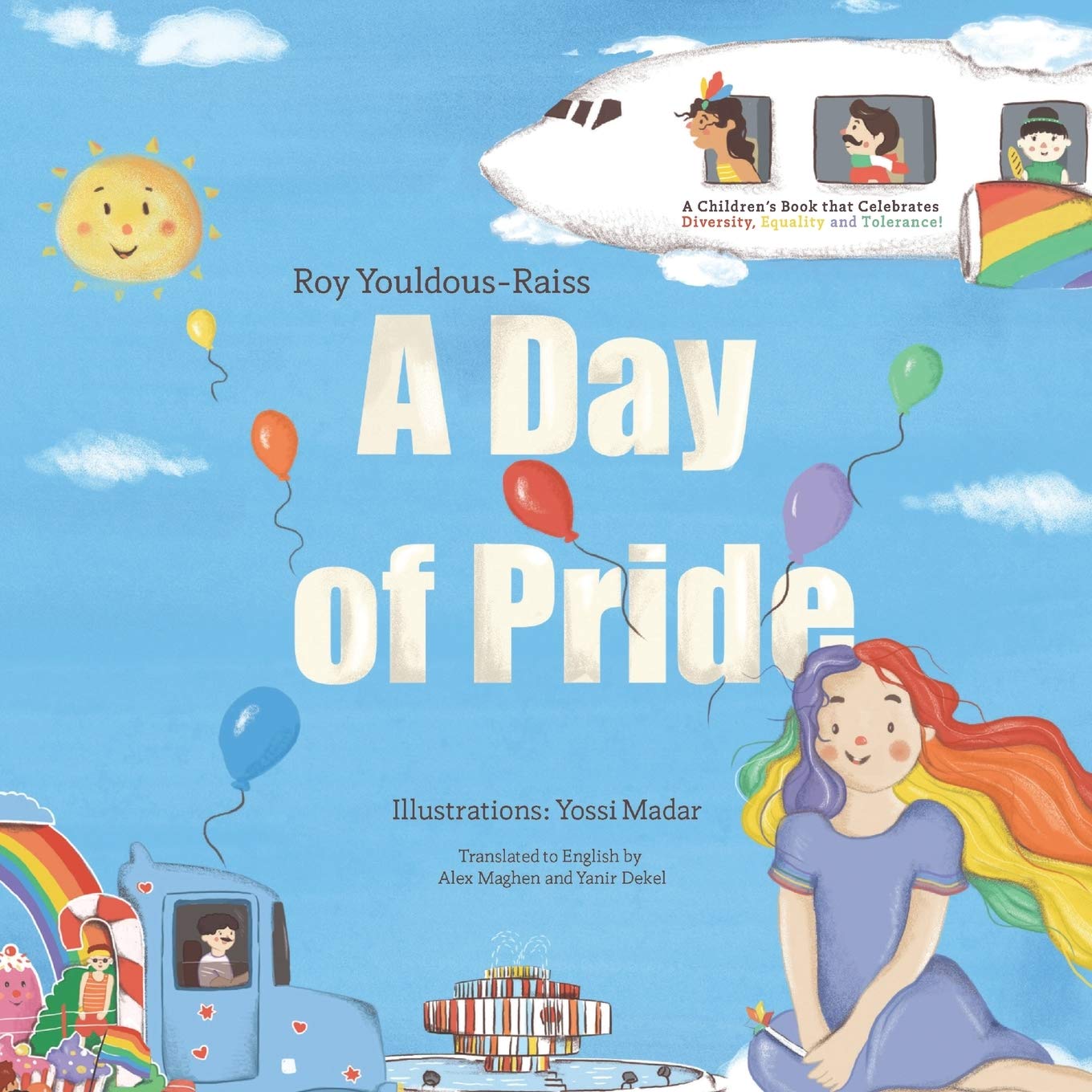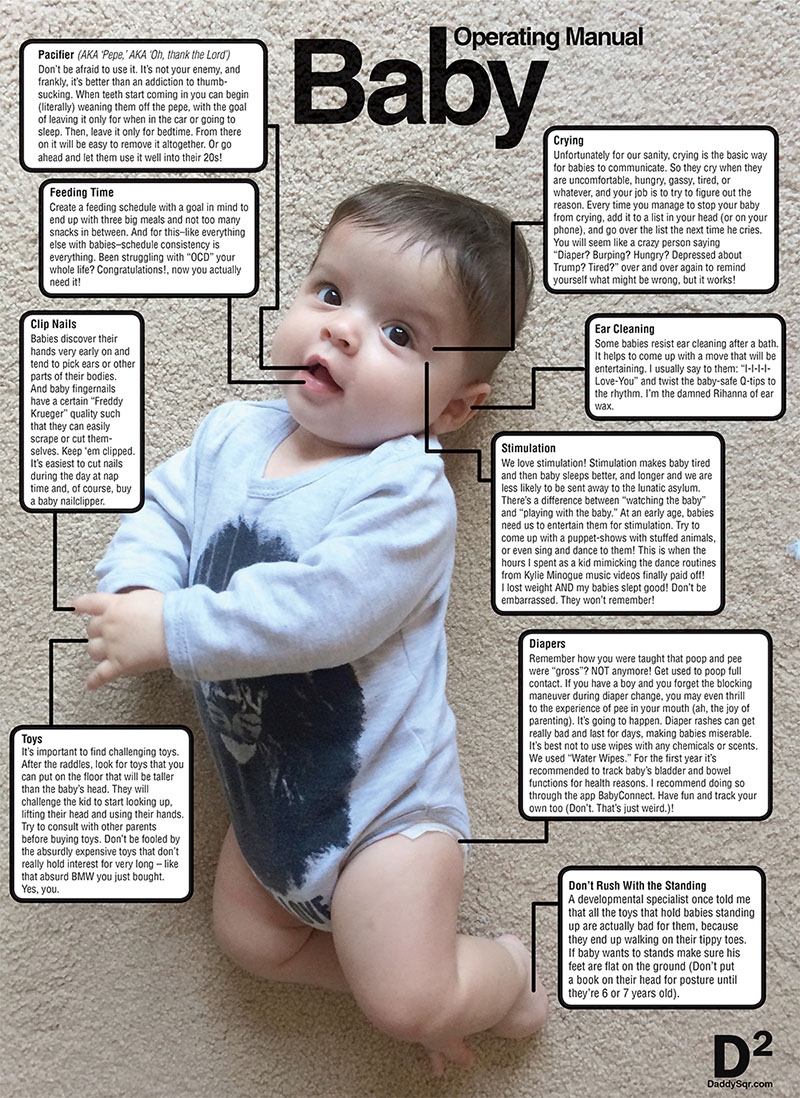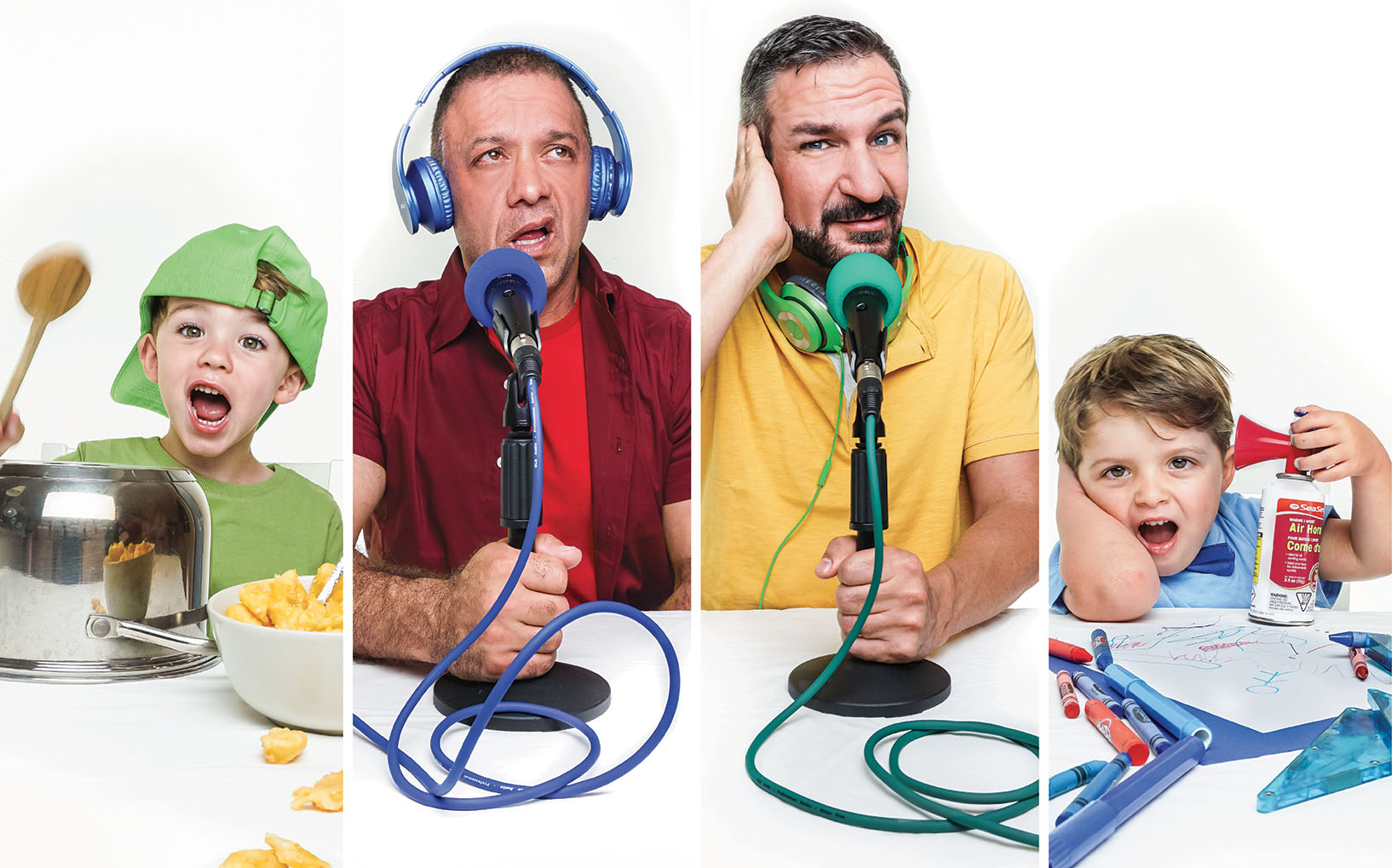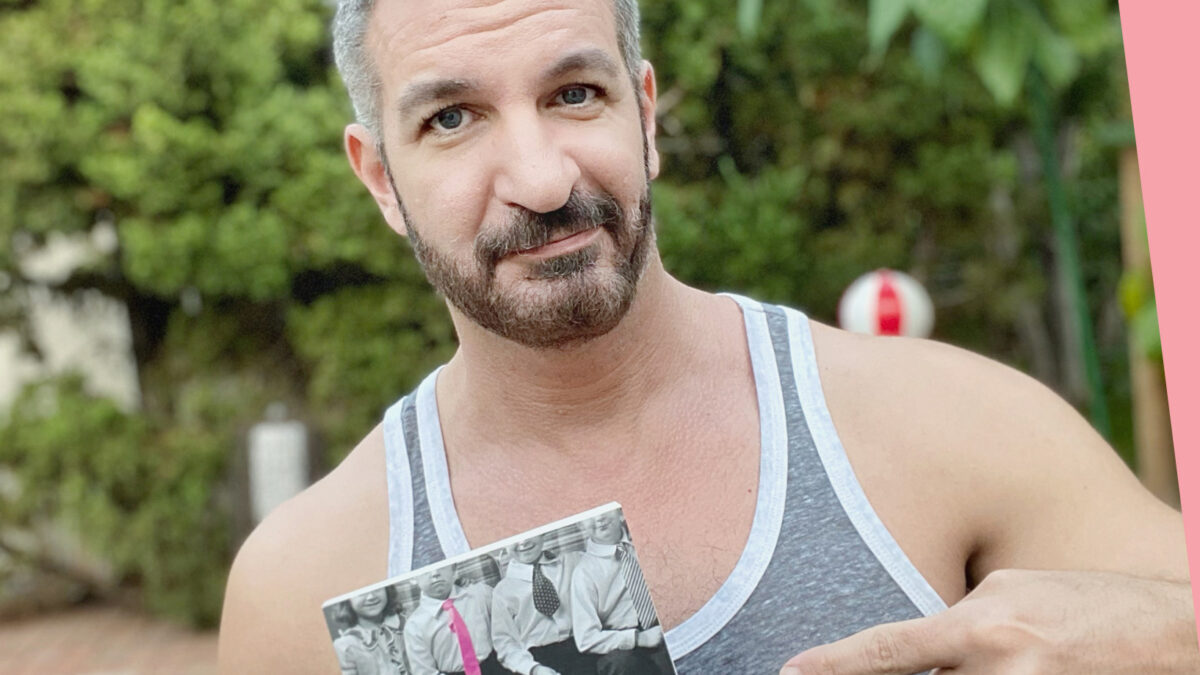How Our kids Learned Reading and Writing Before the Age of 4
I have a video of our son Ben at the age of 20 months standing in front of a sign to a “My Gym” and pointing while saying each letter on the sign. Our kids started learning to read more or less at the same time they started to speak. I thought it was normal, until other people became aware of this and asked us in amazement how this can be.
PREAMBLE: When we talk about our own kids here in this blog or on the Daddy Squared podcast, there’s no risk in complaining about what pains in the butt they are, or describing our own spectacular failures as parents. But articles like these are riskier ground because the topic inevitably makes us sound pretty full of ourselves. So before we get started, just a little preamble: As parents we have never known what the heck we’re doing. We still don’t. And if we’ve had occasional successes, I cannot emphasize enough what pure, unadulterated accident it has been. Some of those accidents seems worth sharing with the gay dad community, so we’re doing that here. But please never think for a moment that we truly know what we’re doing!
My husband would argue that gay dads just do everything better. I’m pretty sure he’s joking (though it’s not completely clear). While I tend to agree with him, I must admit that I was never worried about my kids learning to read and write. I always counted on first grade to teach that and believed that until then they should just enjoy the formative years of playtime. We never pushed them to read, and when we understood that they were actually reading at such a young age it was indeed amazing—but it wasn’t until I received a message on Instagram from one of the moms in Ben’s class a couple of months ago asking “How did you do it?? My son knows the letters but he doesn’t read”— I actually realized we had done something right without even noticing, and it shouldn’t be taken for granted.
So, without knowing exactly what worked and what didn’t, looking back, this has been our path:
Stage 1: Baby YouTube
We were never against screens for the kids. Thinking back, I’ve always played music from YouTube to them when they were playing as babies on the carpet. Colorful pop music videos got their attention for a few seconds. They would watch, dance a little, and go back to their toys. Say what you want about Nicki Minaj, the Anaconda music video is nothing if not colorful and… um… stimulating.
It was our wonderful nanny who actually revealed the world of learning the ABCs through YouTube. She started showing them baby YouTube videos that teach colors, letters, numbers and planets through baby songs. They would watch for 20 minutes or so when she fed them when they were less than a year old.
In the early stages of talking they would sing with these videos and ask for them again. I brought foam letters to the bath, and these became their most played-with bath toys for months.
Before the age of two they already knew the alphabet, the colors, and the numbers. I remember there was a little board with all the alphabet at the West Hollywood Park and I could quiz Ben for hours about the letters. He loved seeing the letters everywhere and we always explained to him that letters are everywhere and they combine to make words and sentences.
Stage 2: From Screen to Real Life
Our kids’ fascination with letters caused us to surround them with letters: we had letter puzzles, cards, magnets, boards…. everything was letters. We would play “find the letter” whenever we would go out to the street (something like “I spy with my eye something blue” only with letters), they would point out letters on stores and street signs. By two and a half they knew the entire alphabet, they knew to arrange the foam letters in the right order, and we were just amazed, since 90% of it came from them. They just loved everything about it.
Alex has a “Theory of Lists & Sets.” He believes that children are biologically preprogrammed to want to master anything that is a list: What are all the colors? What are all the shapes? The numbers? And yes, the letters. But it expands to things like “Who are all the members of the family?,” Rooms in the house, etc., etc. He thinks that we happened upon their natural drive to master lists and fed that drive. While I don’t know the science behind his theory, it certainly seems to have been the case for our boys.
Stage 3: What Sound Does the Letter Make?
I think that was the biggest push in our kids’ reading. One of the first TV shows they would actually watch was “Super Why.” It’s a show about a group of kids trying to figure out a “magic word” built up from its letters. They would explain (and test the viewers) what sound every letter makes and through that they learned to read the magic word. Alex and I LOVED that show not only because it was sweet, but because of the diversity of the characters. But the kids apparently loved it because the stories where ‘adventures.’ Learning to read the magic word was integral to knowing how the story ended. I think this show played a major part in planting the idea of “a letter makes a sound” in reading a word.
Stage 4: Educational Electronic Toys
I think that this was the part where we intervened the most: it was at the age of three when one of the presents they received was a toy electronic computer that asks you questions about letters (“find the letter A” – and then you have to press the A button). They were obsessed with that. So obsessed that at the beginning we limited the access to this toy like we limit iPad time today.
But as they got over it we bought them similar toys that kept their interest going. If you ask me this was when we finally started to get involved proactively to push them to 100% reading. Toys like “Mr. Pencil” that teach handwriting nearly went up in smoke from usage. They would go to sleep with it. And it certainly did the job. One day, at 3.5, when Adam wrote his name on paper below his drawing I was in shock. It was indeed amazing. A couple of months later I read them a story before bed and on the second page of the book Ben asked me if he can read the book to me, and then he went on to read the entire book! (needless to say I used it against him, because in the days after I was like, ‘yeah, I’m not going to read you a story tonight, read it yourself!’ Parental laziness as teaching methodology!)
Stage 5: iPad
Yes, and now we enter the lair of danger! The iPad. That thing of which so many parents are afraid. I don’t blame them. There’s something about the almost heroin-like addiction that’s frightening. The way it draws in – locks in – focus, pulling it away from the real world in somewhat disturbing ways. So yes, my husband and I see the dangers. We must limit our kids access and control what they do on their iPads. BUT, there is no escaping this: Our kids’ iPads have taught them how to read, and surprisingly, this has come less from “educational” apps than from the very experience of using the iPad and navigating the digital world.
Let’s face it: you can’t really do anything with an iPad if you can’t read. I mean, you can push buttons and all, but then it’s all luck, right? So when we gave the kids their iPads with a bunch of kiddie apps on them, they started playing and reading simply, naturally, emerged. It’s insane how good they are, of necessity! It started with simple words like “play” and “start” and “stop” – you know, functional words for games, but then it just developed, I have no idea how, I just know it was the iPad—for sure.
And the device, the apps, and the larger internet simply demand that my kids read and understand more and more. And that they learn to type too. They have never once complained that they don’t understand something, though they’ll occasionally ask us questions. They just try and try again. They use context, they use each other. Now that they’re old enough (nearly 5) they text with friends to ask more. This is truly a learning community, even if the materials are decidedly unorthodox.
I’ve written a whole post about Screen Time and the iPad, and I received some angry comments from gay dads who, if I would describe it politely, doubted my research on the positive outcome of gaming and the device itself. I recently read a book by Dr. Eyal Doron, an amazing Israeli psychiatrist that I’m dreaming of bringing on as a guest on our podcast, who lays out the benefits of giving your kids iPads. By the time you finish the book you think twice before you withhold such devices from your kid.
Times are changing. The internet and technology are moving so fast. The very nature of humanity has changed with the advent of the internet, mobile devices, etc. So yes, we’re advocating technology in our house. We’re advocating screen control, information flow, decision making and problem solving – including trial and error. And this is what our kids have learned during their iPad time at 4. I mean, besides reading, writing, and occasional accidental exposure to Cardi B (heaven help us!).

